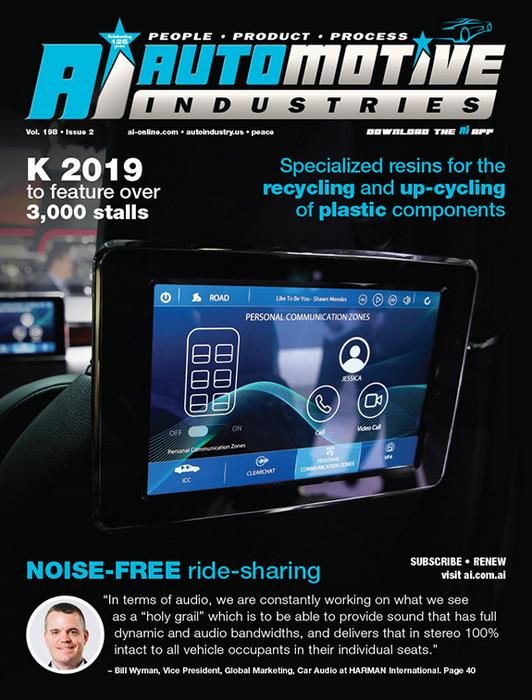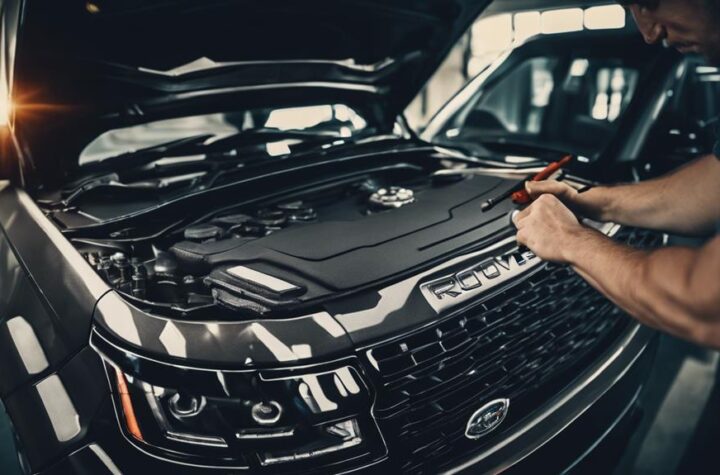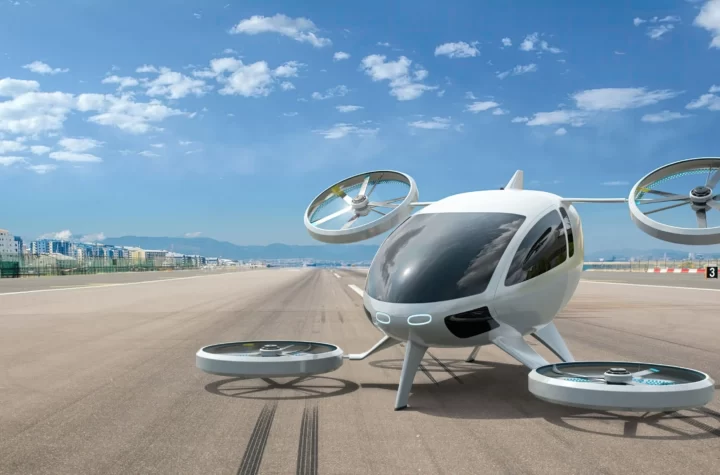Vehicle manufacturers have to meet the expectations of always-on and connected consumers who now expect to be able to communicate with their devices by voice and in private even when the ride is shared.
“In-vehicle communication is evolving to be a critical component of the overall passenger experience,” says Michael Mauser, President, Lifestyle Audio for HARMAN. “HARMAN’s new Premium Communications leverages the latest advancements in smart audio to personalize the sonic environment and improve all communication occurring in vehicles – whether it’s with a voice assistant, someone on the other end of a phone call, or between passengers,” he adds. Built on AudioworX, HARMAN’s proprietary, open-framework development platform, Premium Communications components are modular and scalable across vehicle segments. Together, these technologies address the challenges of the evolving vehicle interior and help OEMs better capitalize on integrations with voice assistants, while fulfilling consumer demand for elevated communication experiences, according to the company.
Automotive Industries (AI) asked Bill Wyman, Vice President, Global Marketing, Car Audio at HARMAN International, how the company has raised the quality of in-vehicle communication between passengers. Wyman: The system enhances communication by lowering the music or podcast that you are listening to when people start talking. This improves voice communication from the front row towards the rear, and also the other way around from the rear to the front. It is always on and listening.
You are not distracted by having to push a button to engage it. The quality of outgoing calls is improved by removing all the in-car noise, so the person on the other end of the telephone call only hears your voice. Road noise, the sounds of other people talking in the car and any music playing will all be removed so your voice is cleanly communicated to the outside. The top of the range system will allow personal calls to go to specific seats without disturbing the other passengers in the car. They can continue talking or listening to music while the incoming call goes only to your seat. This adds privacy, as the other people in the car will not be able to listen in on your conversation.
AI: What technology is involved in the In-Car Communication (ICC) systems? Wyman: ICC combines microphones, voice processing and in-vehicle audio signal processing to create an ideal environment for conversation within the car cabin, enhancing the sounds you want to hear, and reducing those you don’t. As an “always on” adaptive feature, ICC automatically sets levels according to music volume or road noise for clear, two-way conversations between passengers – including those sitting in the front and back rows. HARMAN’s In-Car Communication allows the driver to communicate directly with passengers in the back seats without needing to turn around or take their eyes off the road. Alternatively, second and third row passengers can now communicate easily with the first row – eliminating the need for them to raise their voice or strain forward in their seats, allowing all occupants to easily converse with one another.
AI: How does ClearChat achieve new levels of clarity for voice calls and voice commands? Wyman: We are using arrays of four closely spaced microphones per row. The position of the person talking is calculated by the sequence in which their voice is picked up by the microphones. This tells the system where they are seated, and it will then suppress all other sounds going to that position. ClearChat combines world-leading beamforming microphones, echo cancellation, and noise reduction algorithms to remove unwanted cabin noise – including air conditioning, road noise or the chatter of rear seat passengers – for listeners on the receiving end of a call. Beamforming is a signal processing technique that employs direct signals at particular angles to ensure spatial selectivity. As a result, sonic clutter is reduced, and voice clarity is dramatically improved for stress-free communication with personal voice assistants and call recipients.
AI: How do Personal Communication Zones deliver more enjoyable, personalized in-car experience? Wyman: In Harman’s top of the line communication offering, ClearChat technology extends beyond the driver for multipassenger use, unlocking Personal Communication Zones. These give every occupant the freedom to simultaneously interact with their voice assistant of choice or conduct a phone call with the assurance that call recipients won’t hear the music or entertainment from others in the vehicle. The fact that the communication is going only to your seats means it doesn’t affect other people, so they can continue listening to music, work or watch movies etc.
AI: Are HARMAN’s Premium Communications compatible with all available virtual personal assistant (VPA) services in the market? Wyman: It does not limit your choice of VPAs. We have a system that works with all VPAs, and allows multiple users to communicate through the VPA of their choice at the same time. In our demonstration communication car at the Geneva Motor Show we had six outgoing people talking to VPAs at the same time, and getting a response back from the VPAs only to their seats.
AI: Can HARMAN’s personal assistant determine and assign tasks to both Google and Alexa in the car? Wyman: This is a possible use case that we are able to support. Passengers will be able to decide which VPA they want to address.
AI: How will HARMAN’s Personi-Fi audio solution optimize drivers’ preferences and improve the performance for older users? Wyman: Personi-Fi app users can create personal profiles that balance their sound EQ to meet their hearing needs and individual audio preferences. We are launching the app in September. It includes a small listening test that you can do on your phone. It tracks your hearing capabilities and stores that in the cloud, so you can have your profile with you together with the app on your phone and use it across different audio systems. So, when you get into a car, it will automatically adjust the sound system to fit the listening profile, according not only to your listening capabilities but also to your preferences. If you prefer a lot of bass for instance, it will adjust the in-car audio or headphones automatically.
AI: What’s next for HARMAN? Wyman: In terms of audio, we are constantly working on what we see as a “holy grail” which is to be able to provide sound that has full dynamic and audio bandwidths, and delivers that in stereo 100% intact to all vehicle occupants in their individual seats. We have offerings like the personal communication and our IIC solution that can already do that to a certain level. But, we are constantly working on improvements because, in a future scenario where strangers commute in the same car, they will probably prefer to listen to their own content in virtual privacy, without being disturbed by the other passengers. That we see as the future when talk about audio inside the car.














































 Data connectors for the next generation
Data connectors for the next generation Into the future with EMove
Into the future with EMove Transforming legacy factories and equipment into Industry 4.0 powerhouses
Transforming legacy factories and equipment into Industry 4.0 powerhouses Shipping partnerships to reduce emissions
Shipping partnerships to reduce emissions Combining the strengths of Dauphinoise Thomson, Magal and Wahler
Combining the strengths of Dauphinoise Thomson, Magal and Wahler Bridging the gaps in electric powertrain technology
Bridging the gaps in electric powertrain technology


